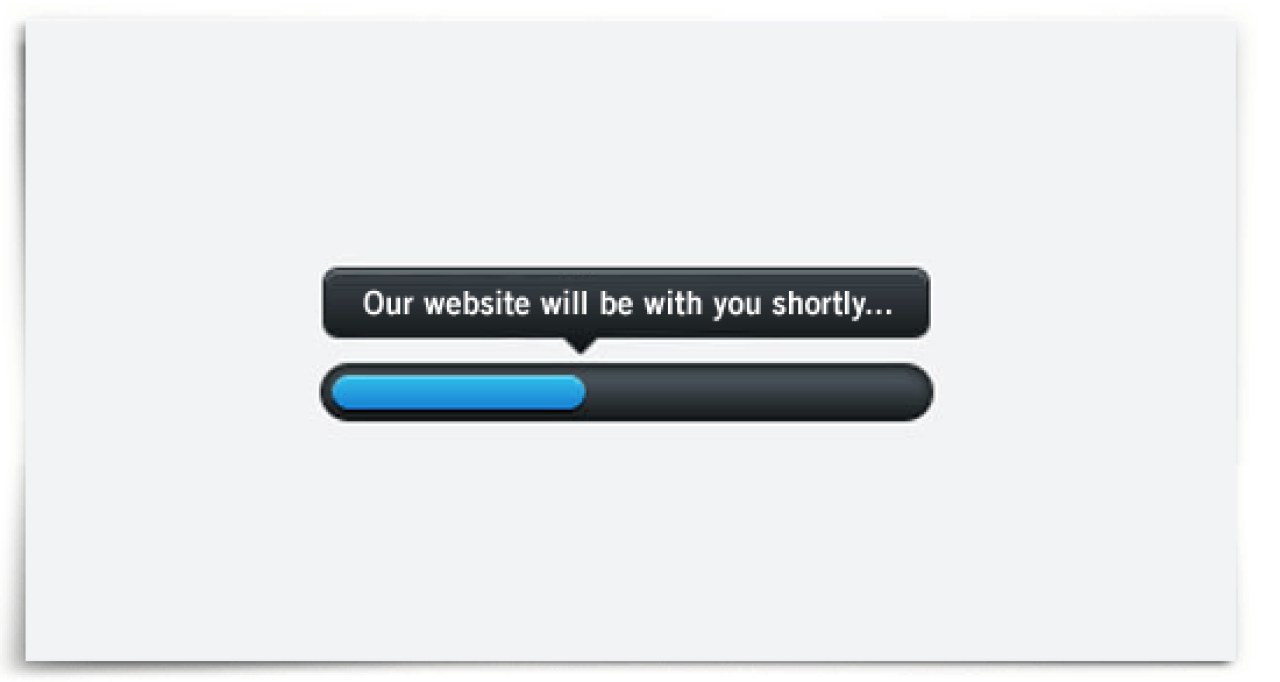Industry Insights
How to build a website
Part 1 – Purpose and planning
This post is the first in a three-part series we’re running on what’s involved in the building of a website. In this post we will address the first phase of building a website: Purpose and Planning. There are three questions that we need to answer here to define our purpose. Once we have these answered, we can move on to drafting a website plan.
Question 1: What is the purpose of your website?
One of the core principles at Compass Creative is always start with why. You need to know the purpose of your work before starting on it. Sometimes your purpose will change. That’s ok. But working without a clear purpose is like the blind leading the blind. A website’s purpose can change too. Perhaps when you first started business you needed a website that would just provide your contact information, but maybe now you need to expand the purpose and functionality of your website to serve more people with more options.
Your website’s purpose should directly serve your marketing strategy, which should of course squarely reflect your organization’s purpose, mission and vision. If you haven’t defined these fundamentals you need to start there or you’ll likely fail to represent yourself in the best, most authentic way and miss the mark with your customers.
With that done, the purpose of the website emerges. There may be more than one purpose, and the more narrowly focused they are, the more effective the website usually is. Some possibilities include:
- Increase leads
- Improve the quality of leads
- Inform prospective buyers
- Inspire new customers
- Event registrations
- Sell products
- Attract talented employees
- Expand the service area
- Voice an opinion
- Shape brand perception
- Inspire action
- Provide a service
Question 2: Who is it for and how will it help them?
Once you have your website’s purpose written down, think of who will be visiting your site. What will they want from it? What will you want to do for them? Maybe not all of your customers will visit your site. Focus on helping those who are most likely to visit your site and give them what they need.
Question 3: How will the website function?
After figuring out who your users are, think about what you will be providing these people through your website. Will they visit openly once or want to return again and again? How well versed are they in your product and what level of detail will you need to provide them? What kind of information are they looking for? How should they contact you?
A good example of someone who successfully visualized his users’ needs is the maker of a popular iPhone game. He thought of people in a subway car with their phones in one hand and the other holding onto a strap to steady themselves. He made a game they could play with one hand and keep holding onto the strap with the other. He made a game for them, molded by their needs. Within months he was making $50,000 per day. [source]
Develop a plan
With clear answers to the above questions, a solid plan is possible. Assuming you’re involving others in the development process, you’ll need to communicate and share important pieces of information. Be as detailed as you need to. Be sure to share insights about your customers, their concerns, their habits and interests, and what’s top of mind when they’re at certain points in the buying cycle – especially when they’re visiting your site.
During the planning phase you’ll also need to address the timeline. Consider the time involved in building a website. You may not know the size or complexity needed at the outset, but know that your involvement will be required for input, review and decision making throughout the process. Your commitment to timely, thoughtful and unified responses will be absolutely essential in keeping your web development schedule on track and on budget.
That’s it for the first of three posts on how to build a website. Stay tuned for:
- Part 2: Content development and production
- Part 3: Testing, maintenance and promotion
September 18, 2014


